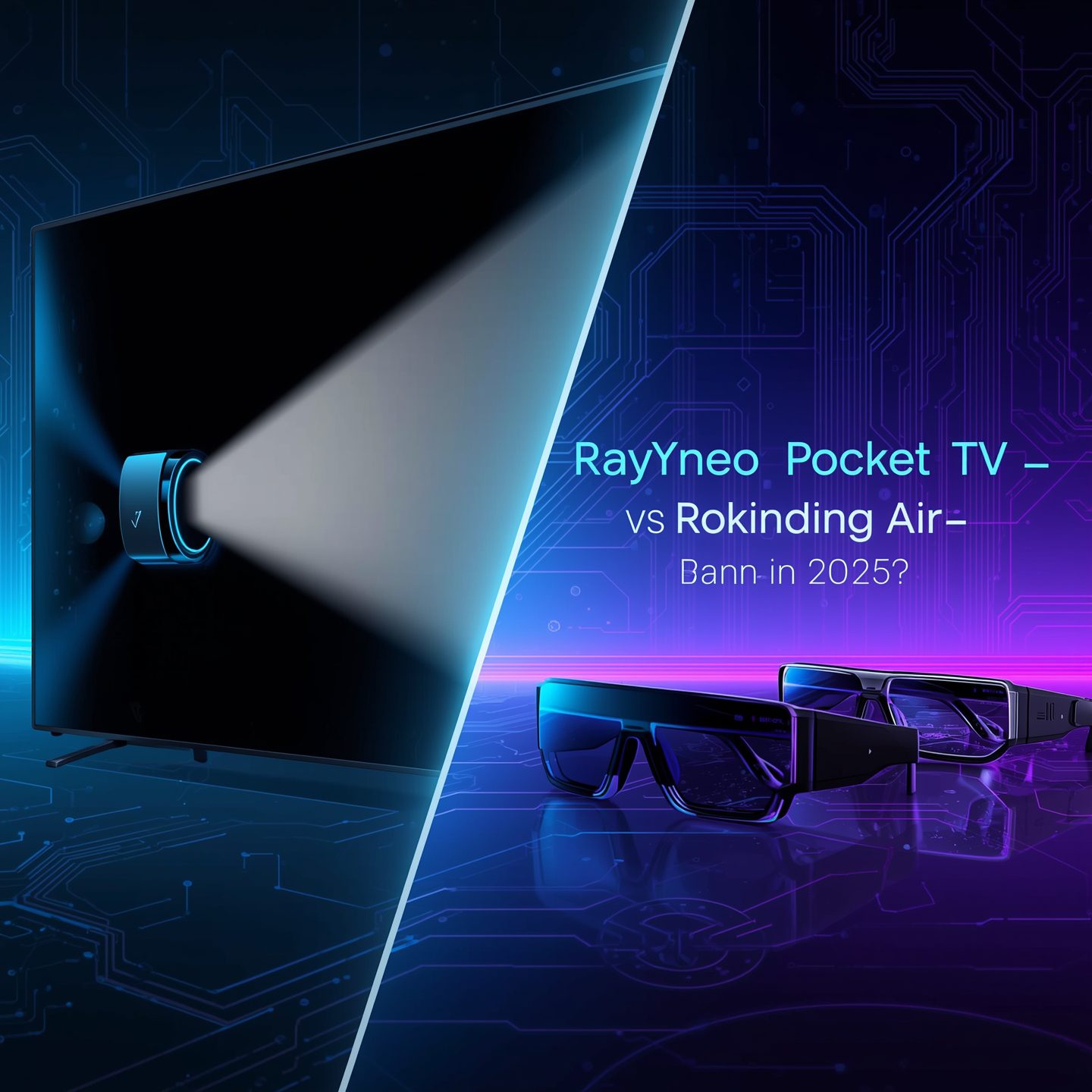🔍 Why Toyota Is Recalling Vehicles in the U.S.
In November 2025, Toyota recall announced a massive of more than 1 million vehicles across the United States after identifying a software glitch in its rear-view and panoramic camera systems.
According to reports submitted to the National Highway Traffic Safety Administration (NHTSA), the issue involves the rear-view camera feed freezing or going blank when drivers shift into reverse or use the 360-degree parking assist system.

While the glitch doesn’t directly cause mechanical failure, it creates a critical safety hazard because it limits rear visibility, increasing the risk of collisions or injuries during parking or reversing.
⚙️ The Core Issue for Toyota recall: Rear Camera Screen Freeze
Toyota recall modern vehicles feature advanced backup cameras designed to give drivers a clear view of obstacles and pedestrians behind the car. However, the Toyota recall revealed a problem in the Parking Assist Electronic Control Unit (ECU) software that controls these systems.

Photo by Luke Miller on Pexels — close-up of a car’s rear-view camera display illustrating Toyota’s 2025 recall for a rear camera freeze glitch affecting over one million U.S. vehicles.
In certain Toyota, Lexus, and Subaru models built between 2022 and 2025, the ECU may fail to refresh the image correctly. This leads to a frozen or blank screen, especially when switching quickly between gear modes or when the panoramic system is active for long durations.
When that happens, the rear camera stops updating the feed — effectively showing a still image or no image at all.
This small software bug can have big consequences in tight parking lots, residential driveways, or crowded city streets.
🚘 Affected Brands and Models
Toyota confirmed that the Toyota recall includes vehicles from its Toyota and Lexus divisions — and even certain Subaru Solterra electric SUVs that share Toyota’s camera software platform.
While the full VIN list can be found through the Toyota recall website, affected models are expected to include:
- Toyota Camry (2022–2025)
- Toyota RAV4 and RAV4 Hybrid (2022–2025)
- Toyota Highlander and Grand Highlander
- Toyota Prius and Prius Prime
- Lexus RX, NX, and UX series (2023–2025)
- Subaru Solterra (2023–2024)
All of these vehicles are equipped with Toyota’s Panoramic View Monitor (PVM) or rear-view camera systems tied to the ECU affected by the Toyota recall.
🧾 What Toyota Will Do
Toyota dealers across the U.S. will update the Parking Assist ECU software free of charge.
The fix involves a simple reprogramming of the system — no hardware replacement is required. Most appointments are expected to take less than an hour, and owners will receive recall notices by mail or email from Toyota and Lexus customer care.
If you recently purchased a new or certified pre-owned Toyota, Lexus, or Subaru, your dealership can verify whether your VIN is already cleared or still pending update.
🇺🇸 How U.S. Drivers Can Check If Their Vehicle Is Listed
Toyota has made it easy for U.S. owners to confirm whether their vehicle is affected.
✅ Step-by-Step Guide:
- Find your Vehicle Identification Number (VIN):
- It’s usually printed on your registration papers, insurance card, or the metal plate visible on the dashboard (driver’s side near the windshield).
- Visit the Toyota recall lookup page:
👉 Check your Toyota recall status here (This is Toyota’s official U.S. recall website.) - Enter your 17-digit VIN in the search bar.
- The page will instantly show whether your car is part of the recall campaign.
- If it is, contact your nearest Toyota or Lexus dealer to schedule a free service visit.
Subaru owners can do the same through the official Subaru Services portal here:
👉 Subaru Services(U.S.)
🚗 Next on Viral Kidda: We’re uncovering how other automakers handle recall alerts just like Toyota’s 2025 camera glitch.
👉 Check out Viral page for upcoming stories.
⚠️ Symptoms of the Camera Glitch
Even if your vehicle hasn’t yet received the recall notice, you might notice one or more of these signs:
- Rear-view camera image freezes or lags while reversing.
- Screen turns black or flickers intermittently.
- The panoramic system stays stuck on one image frame.
- Backup camera stops responding after driving for a while.
If you observe any of these, avoid depending solely on the camera for parking. Use mirrors and extra caution until the software fix is installed.
💡 Why This Recall Matters
Backup cameras are legally required in all new vehicles sold in the U.S. since 2018. They’re essential safety tools, especially for preventing back-over accidents involving pedestrians or children.
A frozen or blank display eliminates that safety advantage — making this recall one of Toyota’s most important software updates in recent years.
Toyota’s proactive move to fix over a million vehicles shows the brand’s ongoing focus on safety compliance and customer trust.
🧭 What Owners Should Do Next
- Check your VIN immediately. Don’t assume your vehicle is safe just because it’s new.
- Book your recall service appointment early — high demand may cause delays.
- Stay informed: Toyota’s U.S. newsroom posts updates about ongoing recalls and software campaigns.
- Keep your contact info updated with your dealer so future safety notices reach you quic
🔚 Final Thoughts
The 2025 Toyota recall reminds us that even top-tier technology can fail — but what truly matters is how companies respond.
By offering a free software fix and transparent communication, Toyota aims to resolve the rear-view camera glitch efficiently before it causes any harm.
If you drive a Toyota, Lexus, or Subaru built between 2022 and 2025, take five minutes to check your recall status online today.
A quick VIN search could make your daily drive safer — and your peace of mind stronger.









